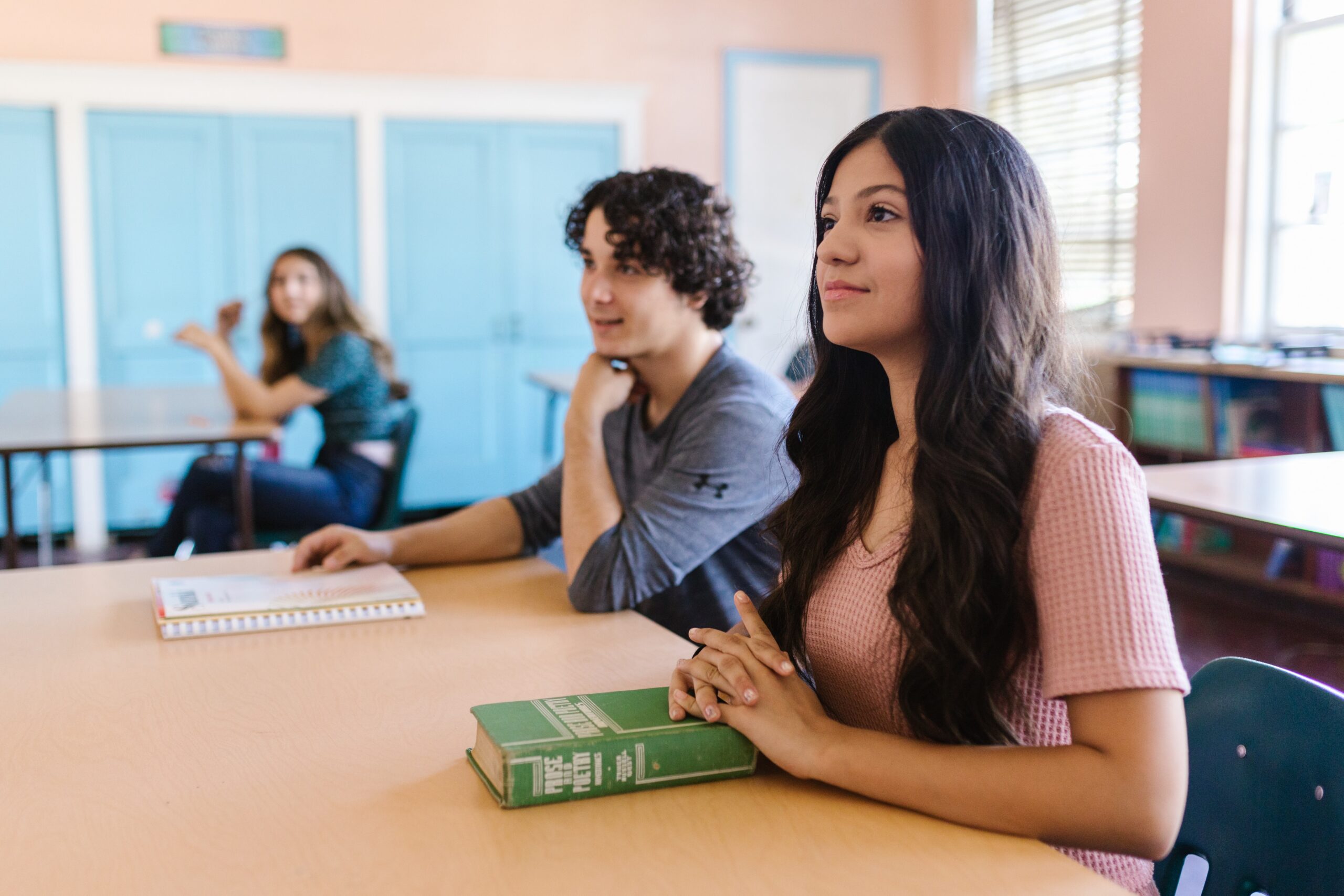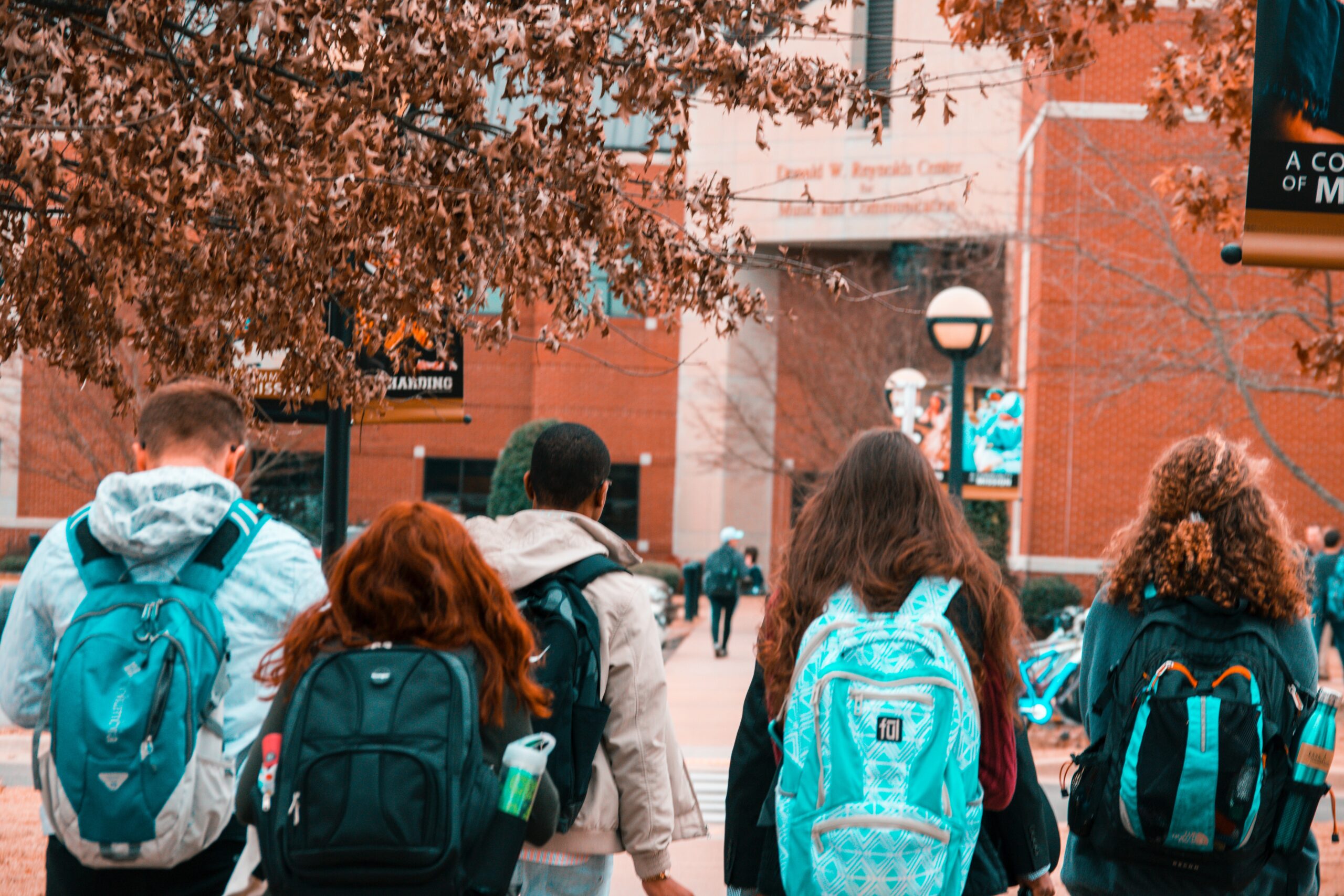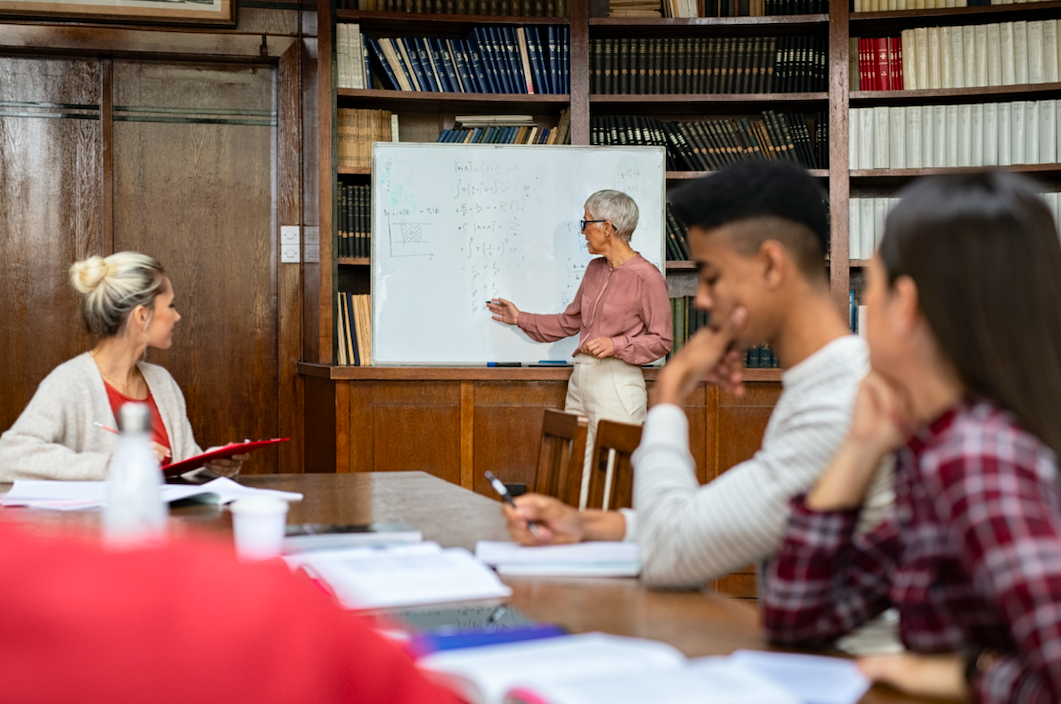
Four Ways to Expand Your Student’s Social Awareness
By: Tim Elmore
Last fall, a group of high school freshmen sat in health class discussing personal hygiene. The subject was already deeply personal, but it became awkward when Erica failed to show social awareness. When Jacob was unable to hear a classmate’s comments, Erica reprimanded him, saying, “What are you, deaf? Pay attention!”
Erica had no idea that Jacob was, indeed, hearing impaired. When other students gasped, she exclaimed, “What did I say? People need to pay attention!” It was then that their teacher stepped in to shed light on the situation, leaving both Erica and Jacob embarrassed.
While Jacob was hearing impaired, we might say Erica, in this moment, was socially impaired.
Instead of ignoring this “elephant in the room,” leaders, teachers, and parents need to equip students to practice social awareness.

What Is Social Awareness?
Social awareness is the ability to comprehend and appropriately react to both broad problems of society and interpersonal struggles. Being socially aware involves being aware of your environment, what’s around you, as well as being able to accurately interpret the emotions of the people with whom you interact.
Haven’t we all been part of a conversation where someone says the absolute wrong thing at precisely the wrong time? Everyone gets very quiet; maybe someone laughs nervously. You likely think to yourself, “Why would he say that now? Couldn’t he see that it was the wrong time for it?”
Students can lack awareness in themselves, in their classrooms, or just in general. They say things or do things that upset other students but don’t understand why. Sometimes their smartphones can make them aloof, only half-engaged with those in the room. They don’t get why others don’t like them. They choose harsh or outrageous language; they are unaware of their microaggressions. They don’t recognize the impact of their words.
So, how do you build social awareness in yourself and in your students? Let me offer a handful of proven principles to accomplish this.
1. Say it to yourself internally first.
Think before you react. Our amygdalas are at work when we feel threatened or confused. they kick into fight or flight mode without a conscious thought, which is how we dodge baseballs coming at our heads so quickly. Unfortunately, the amygdala is in our lower brain and functions within gut feelings, not critical thinking. To engage our frontal lobes, it’s best to speak to ourselves silently and imagine what our words will do to our listeners.
The social-emotional competency for this is called perspective-taking. It happens when we pause to consider others’ viewpoints then consider how ours will impact theirs. One of our Habitudes for Social and Emotional Learning is called “The Talking Stick.” Centuries ago, Native American people groups used a talking stick when a conflict arose between individuals. Both parties would meet, and the stick was given to one party who was able to speak without interruption or debate until they were finished and felt completely heard. Only then, was the talking stick passed to the other party who could respond and explain his or her perspective. This challenged everyone to think before speaking.
2. Count before you say it aloud.
Once you silently think about what you’re going to say in your head, it is best to count to five. My mother used to say I should count to ten. This act allows you to reflect more deeply about what you are going to say and foresee your responses’ impact on others. It prevents reacting out of impulse. It also gives you the time to empathize with the person to whom you’re speaking. This is something even adults need to learn. Incivility and impulsivity reign on social media and in our nation’s capital. A wise proverb says, “When you feel emotions mounting is the time you must start counting.”
Another Habitude for Social and Emotional Learning is “Stethoscopes and Treatments.” Do you recall the last time you visited your doctor? When she entered the room to treat you, I am certain she did not immediately hand you a bottle of penicillin and say, “Here! Try this. It’s helped millions of people worldwide.” That would be ridiculous. No doctor prescribes medicine without taking time to examine you and to hold a stethoscope to your chest. Only after ten minutes of examination do they make a diagnosis. So it is with relationships. We must take the time to observe before we offer our responses. Time allows us to obtain the insight we need to respond well.
3. Seek to understand before being understood.
This is counterintuitive. Human nature tends to guard, excuse, and defend one’s behavior or words. When we attempt to understand more fully why a person may have said what they did, we position ourselves to show respect and even honor. Unfortunately, this is rare. I’ve often felt that the most exercise people are getting these days is jumping to conclusions and running off at the mouth.
Another of our Habitudes for Social and Emotional Learning is “Salutes and Snubs.” In the military, soldiers are taught to salute all officers they encounter. They would never snub them. Yet today, we snub others consistently, from “ghosting” them when they message us to using hate speech on social media. We do it most with people we don’t like or don’t know. Here’s an exercise: why not approach every person as if they were an officer? Why not find visual or verbal ways to demonstrate honor? Our treatment of fellow human beings would likely improve. It may just transform a team or a classroom of students.
4. Learn to size up the room ahead of time.
The quickest way to practice social awareness is to enter a room and evaluate who’s in it. Is it a diverse group of people? What might they be feeling right now? Do you know anyone who’s just experienced a setback? This big picture thinking empowers you to respond more intelligently when comments are made by others. At least in that moment, you become aware of the circumstance around you.
A Habitude for Social and Emotional Learning that teaches big picture thinking is “Cathedral Building.” It’s based on the story of a businessman who peered across a downtown street to see a construction site. He wondered what was being built, so he walked over and asked one of the workers what he was doing. The builder didn’t even look up. He merely grunted, “I’m laying bricks.” While that was true, it didn’t answer his question. So he asked a second builder, who replied, “I’m drawing a paycheck.” Still incomplete. Finally, the man asked a third worker the same question, but this time, the builder smiled and said, “I am building a cathedral.” Only the last worker was acting in light of the big picture. Seeing from a larger angle not only energizes us but enables us to act in light of the whole.
In practicing these principles, you interpret the emotions of people with whom you interact, and you embody the competencies of healthy social and emotional learning.
- Social sensitivity: displaying empathy for others and the ability to infer
- Social insight: moral judgment and the ability to comprehend situations
- Social communication: the ability to interact appropriately with others, including problem-solving interactions
Author Thich Nhat Hanh once said, “Awareness is like the sun. When it shines on things, they are transformed.”
To check out Habitudes for Social and Emotional Learning, CLICK HERE.






